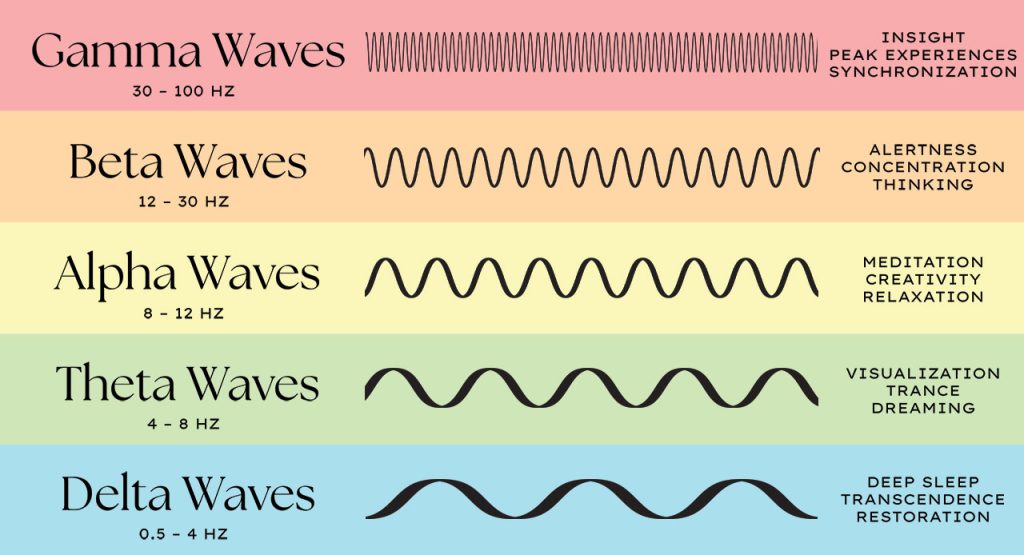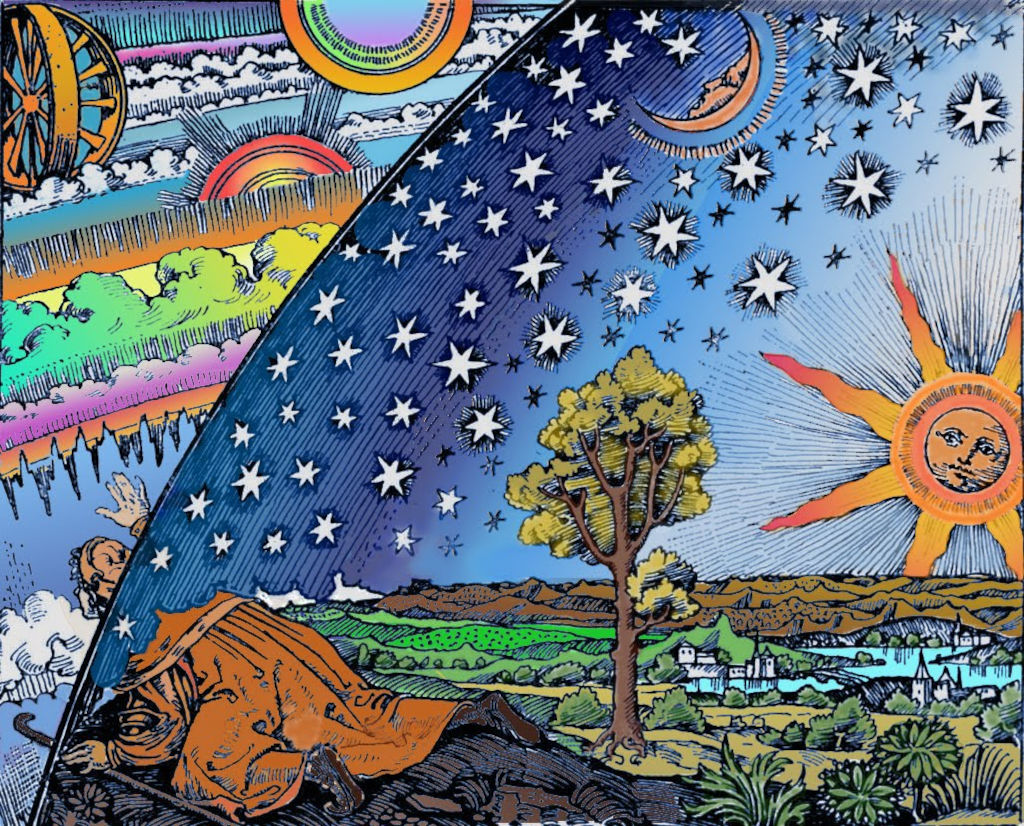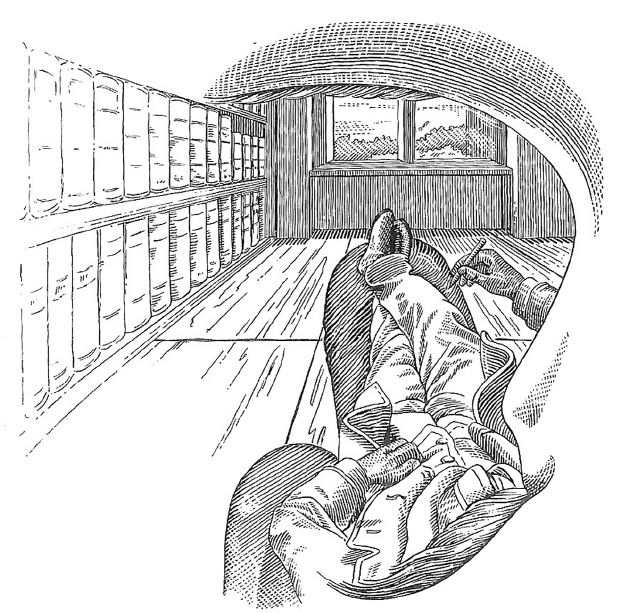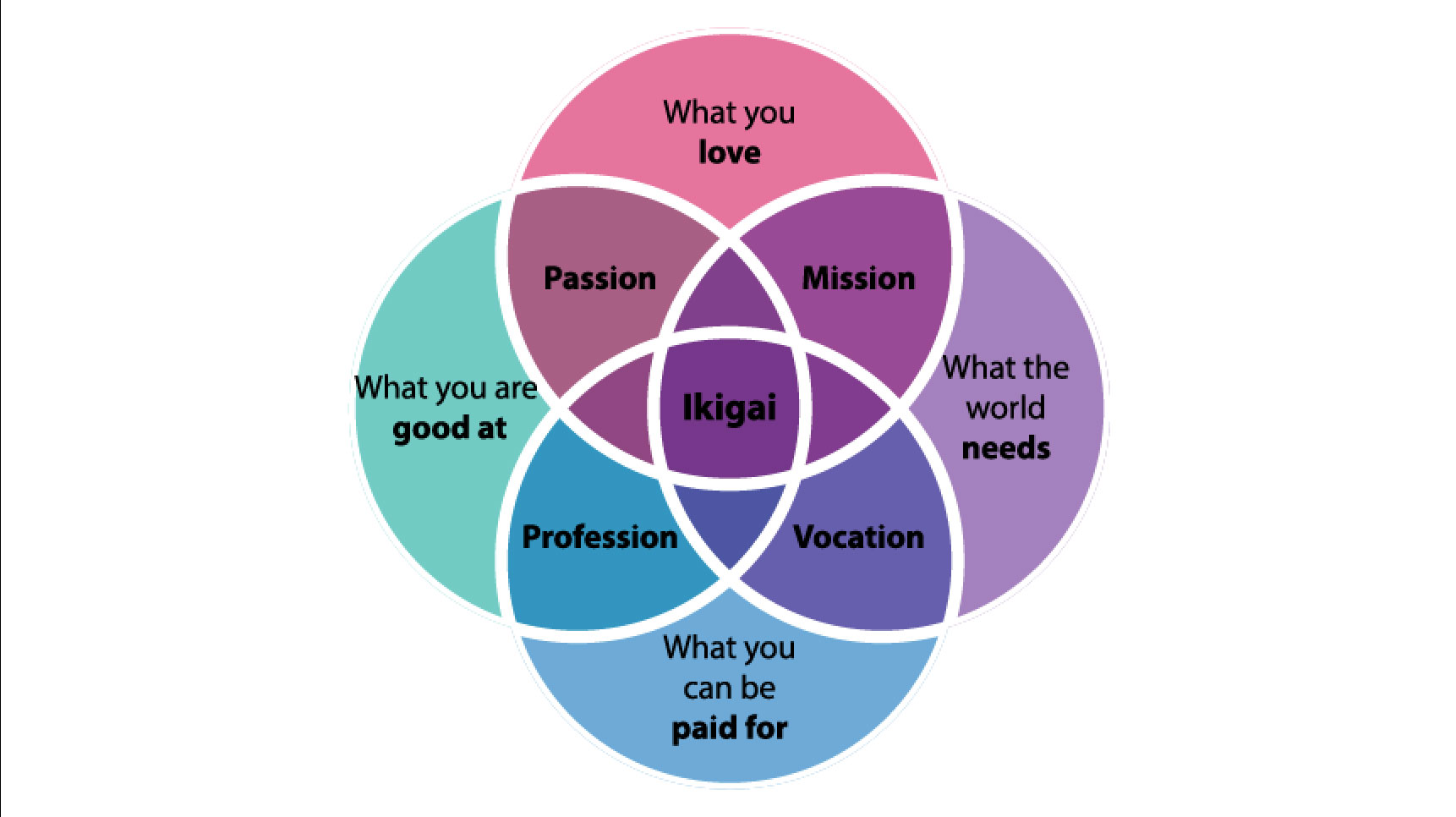For many centuries, philosophers and scientists have wrestled with the supposed dualities between self and other, mind and body.
It’s not difficult to understand why. Staring us in the face every single day of our lives is the outside world, with its sights and sounds, objects and events, patterns and regularities.
On the other hand—or perhaps on the other side of some dimensional rift—are the thoughts and feelings that occupy this secret inner realm, privy to us alone, and that don’t appear to adhere to the same laws of nature governing physical objects ‘out there’.
It’s no surprise then that many thoughtful beings have considered there to be two realms. Plato had his theory of forms, Descartes had his Cartesian dualism, and across many belief systems we have afterlives, spirits, souls, and all sorts of immaterial existences.
Not everyone, mind you. Some have seriously questioned this dichotomy, and in rather different ways.
Some have come to the conclusion that everything is more like a figment of our imagination—the world out there is a mental construct, reality is actually consciousness, it’s all in your head.
Others, particularly in this time of science, believe the laws of nature acting on the basic building blocks of the physical world can and eventually will explain consciousness. We are material minds.
There is another path, one that doesn’t claim to know whether matter all is imagination, or all imagination is material, it only seeks to acknowledge that all is one.
What is Nonduality?
Nonduality is the recognition that there is no fundamental divide between our mind and the world around us, between subject and object. Everything is an interconnected, unified whole.
The intuition driving the persistent perception that there is a difference in substance between us and other, is all but an illusion.
The philosopher Douglas E. Harding realised a version of nondualism when began really contemplating the view:
”[W]hat I found was khaki trouserlegs terminating downwards in a pair of brown shoes, khaki sleeves terminating sideways in a pair of pink hands, and a khaki shirtfront terminating upwards in—absolutely nothing whatever! Certainly not in a head.”
Harding’s discovery was inspired in part by a ‘self-portrait’ of the physicist Ernst Mach, from his 1897 book The Analysis of Sensations, from the point of view of his left eye:
Harding continues, rather poetically:
“It took me no time at all to notice that this nothing, this hole where a head should have been was no ordinary vacancy, no mere nothing. On the contrary, it was very much occupied. It was a vast emptiness vastly filled, a nothing that found room for everything—room for grass, trees, shadowy distant hills, and far above them snowpeaks like a row of angular clouds riding the blue sky. I had lost a head and gained a world.”
Harding and Mach, a philosopher and a scientist, both recognised the continuity between what we see and who we are. Many others have ended up at the same destination despite coming along different paths.
Nonduality doesn’t make a point of whether we are all matter or all spirit. Whatever we are, and whatever the world ‘out there’ is, we are all it. One and the same.
For that reason, many of those who agree with the nondualist claim might still disagree fervently about the true nature of reality.
You can be a nondualist who follows with interest the findings of science, believing us to be emergent properties of particles, waves, and fields. Or, you might be a nondualist who takes a more spiritual route to suggest that the mind is the harbinger of the reality we experience.
Differences aside, each nondualist will agree that some feature of the mind pushes this stubborn inkling of a dichotomy on us, and the challenge thenceforth is to break free of it.
What is Nondual Awareness?
There are many different states of consciousness one can access, whether it is through certain thoughts, activities, energy levels, or, in some cases (and with care) with the right substances.
When it comes to nonduality, the state you want to achieve is nondual awareness—to take the knowledgeable form of nonduality and turn it into the experiential form.
This is a significant jump. It’s all good and well to understand the nonduality of reality, to be able to discuss and reason about the facts or ideas, but it’s a very different thing to suddenly experience it, for the content and information to flutter away and be left only with the basic perception of oneness.
The difficulty is compounded by the issues of studying an experience that lacks content—asking anyone to discuss or reflect on a contentless experience necessarily means adding content to reflect upon.
As the authors of one study note, the difficulty can stem from the “fact that it is characterized by the absence of everything substantive, making it quite puzzling to measure and to operationalize into the framework of cognitive neuroscience, or even into that of everyday waking experience.”
And yet, we do know it is possible to transcend the stubborn dichotic perception and realise nondual awareness. In fact, it’s more common and well-studied than you might expect.
Many similar if not synonymous experiences have also been explored—in the research literature, you might see it called pure awareness, contentless consciousness, consciousness-as-such, or minimal phenomenal experience.
In each case there literally isn’t a lot to think about, yet there is a lot to gain. From a change in your general perspective on life, to an improvement in mental well-being, to a better ability to focus and act when you need to.
Nonduality in Meditation
Unsurprisingly, meditation provides one of the most common routes to nondual awareness.
After all, there is often a purposeful directing of attention towards a goal, and that goal often entails the dissolution of the content of consciousness. The kaleidoscope of thoughts and memories is brushed aside, leaving you in a state of pure awareness.
There are many types of meditation, making it difficult to categorise and study them. However, some researchers believe that nonduality is a state common to the vast majority of meditative styles.
As one study put it, the transcendent state most meditations drive towards involves a “detachment from the contents of conscious sensory experience.”
A case study of a seasoned meditator in the Satipathana and Theravada Vipassana traditions, having practised around 20,000 hours over 40 years, found that he could dissolve his ‘sense of boundaries’ almost at will.
The authors of the study identified 7 categories of psychological change as he shed his mind of the duality: Internal versus external, time, location, self, agency (control), ownership, and center (first-person-egocentric-bodily perspective). All consistent with nondual awareness.
A pair of researchers from Northern Arizona University explored the brain wave activity of meditators as they entered states of nondual awareness.
They found less gamma activity, and heightened delta, theta, and alpha activity. The gamma activity was actually higher during other stages of the meditation, but when the nondual experiences occurred it dropped.

Overall, meditation in nearly any form can lead to nondual awareness. With practice, it gets even easier to unshackle yourself of dualities, another addition to the growing list of reasons to start a meditation habit.
Nonduality in Flow
At first glance, flow and meditation can seem utterly distinct. One is done sitting down with as little movement and activity as possible, while the other is often experienced by athletes and musicians in the most demanding of circumstances.
But when we look a little closer, we can see where the crucial similarity exists—complete absorption.
Whether you have descended into a deep meditative state, or are immersed in the dynamic challenge of an improvised solo, in each case you are so engrossed that the usual contents of the mind that flutter about have fluttered off.
You become one with each activity. The activities themselves differ by large degrees, but both lead to the realisation of a nondual state where self and reality are redefined, transformed, and integrated.
Also like meditation, flow is good for you, good for the mind. There is less self-awareness and for the same reason, less self-critical thought. It’s an intrinsically rewarding process that often leads to growth and the achievement of goals.
But as one study suggests, many of the psychological benefits to flow might actually come from the nondual awareness involved.
The researchers examined the relationships between flow, nondual experiences, emotions, well-being, and life satisfaction. It appears to be nondual awareness that mediates many of the benefits, most significantly life satisfaction and positive emotions.
They also highlight this link between flow and meditation, and suggest that given this finding, creative activities likely provide a powerful route towards fostering well-being.
Becoming One
Despite coming at nonduality from different angles, meditation and flow both share this one essential characteristic: we become one, a singular existence.
Experiences of nonduality and nondual awareness are likely always going to be transitory, brief excursions into an integrated whole that eventually untangles itself again.
That’s probably a good thing. Sometimes we need a contentful consciousness to manage the types of complex problems that don’t amend themselves to flow states, or to think of our self as a distinct entity in order to figure out what’s best for it.
But with experience, even when you’re in those situations where a dualism has settled into the background, with a moment’s notice you’ll able to remember the truth.
Step back for a moment and consider what you’re looking at, that body that extends upwards to nothing, and you’ll lose a head and gain a world.





